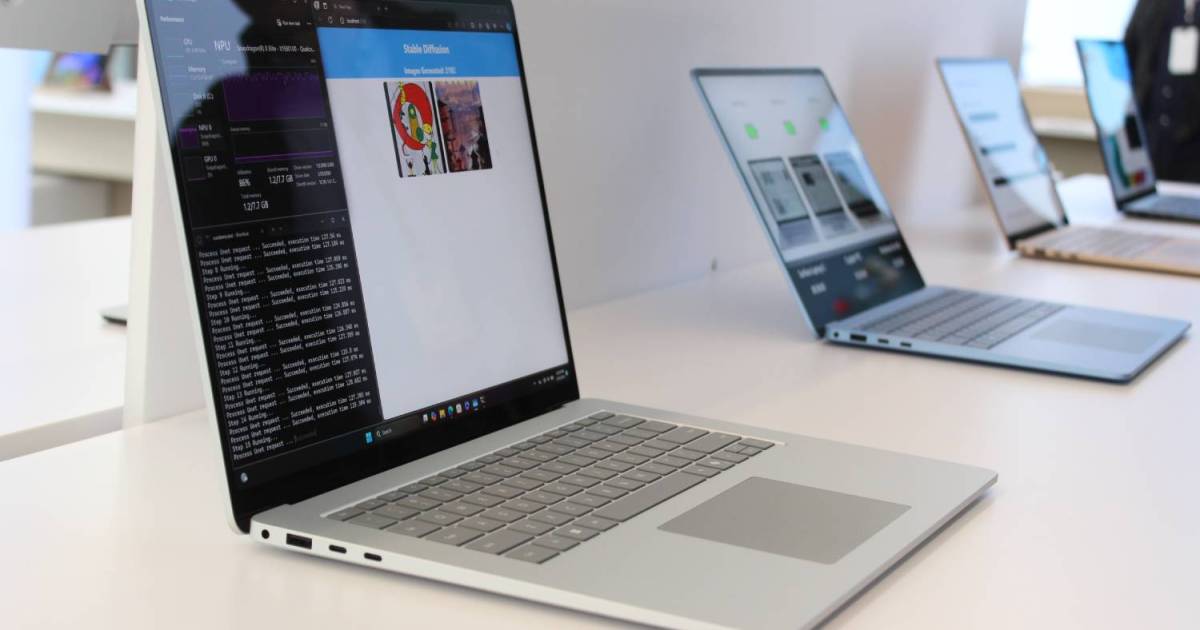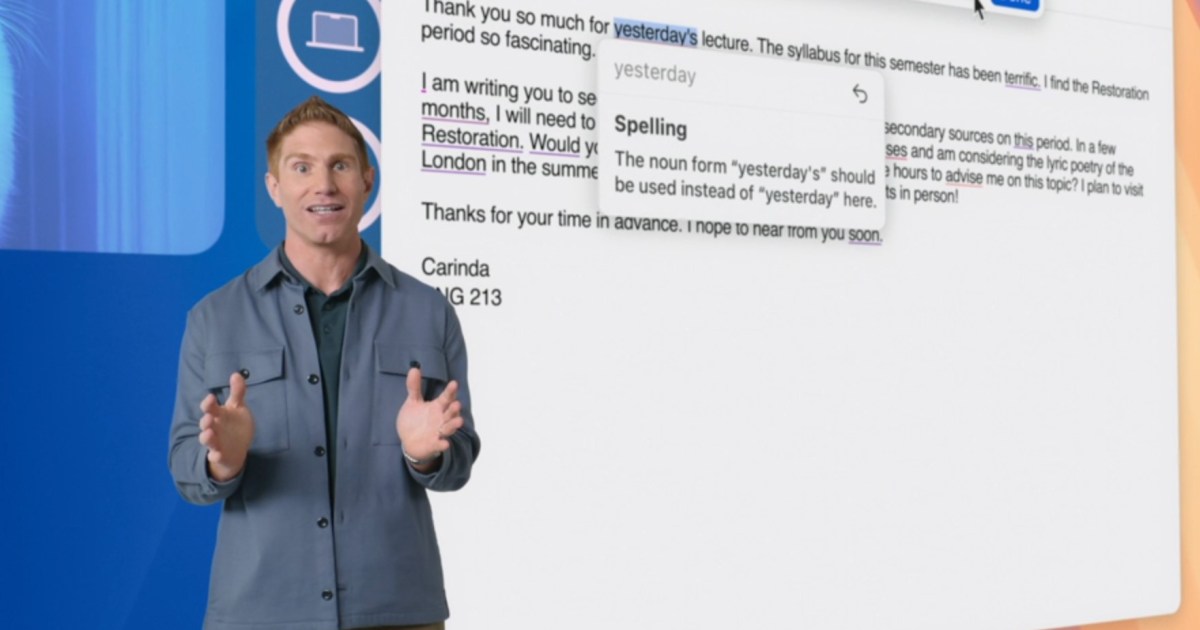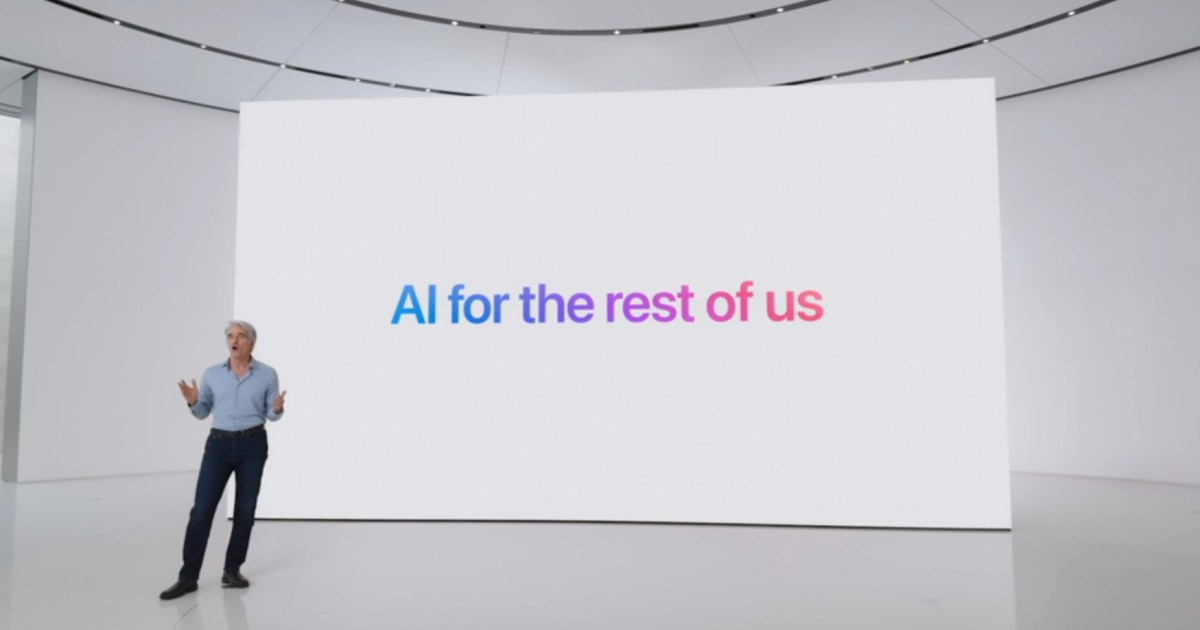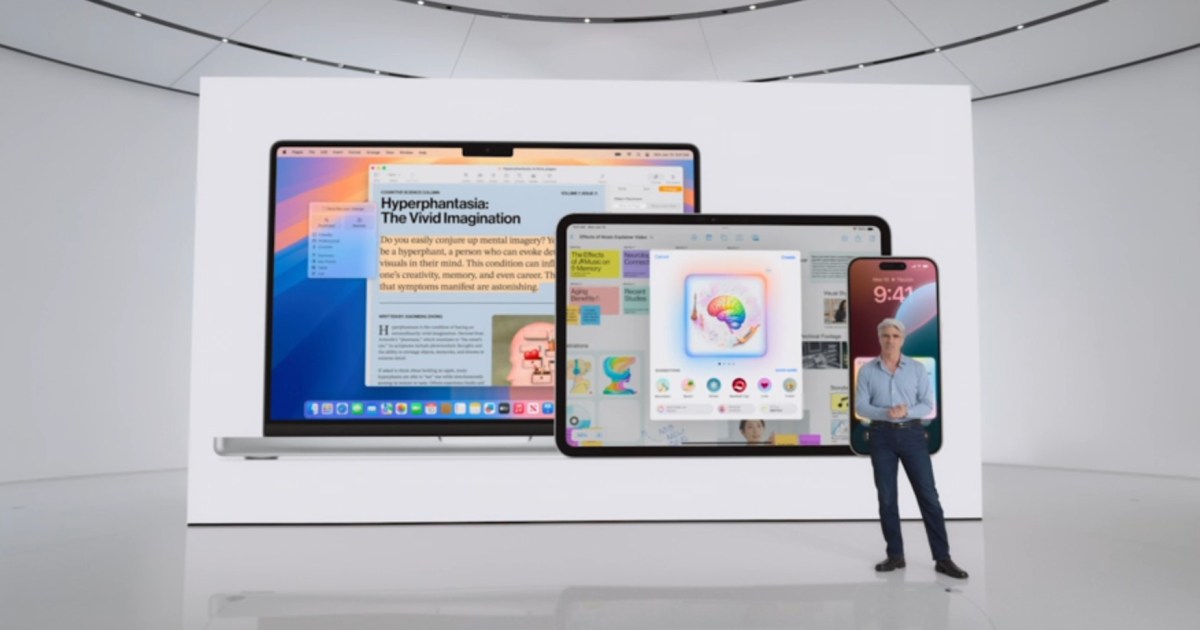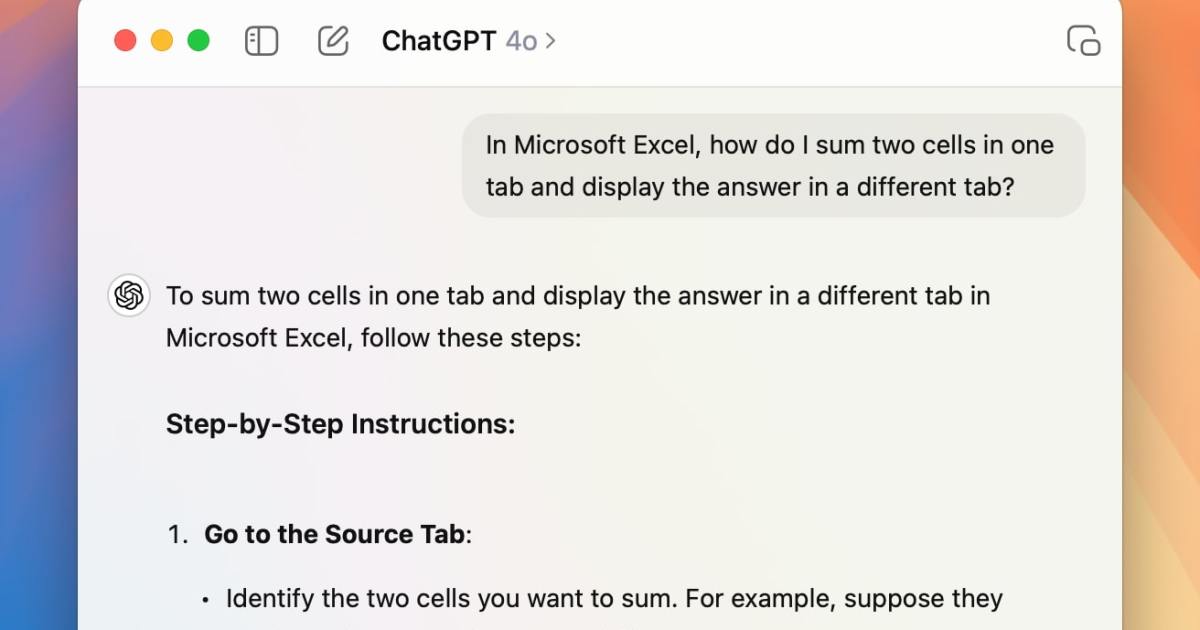Buying a laptop has always presented a challenge. While choosing between macOS, Windows, or ChromeOS might be straightforward for most, a new layer of complexity has emerged: the rise of AI-powered laptops. Although Windows laptops are poised to become more powerful than ever, the sheer number of options and new technologies makes choosing the right one a daunting task. With the landscape constantly shifting, understanding the key factors is crucial for making an informed decision.
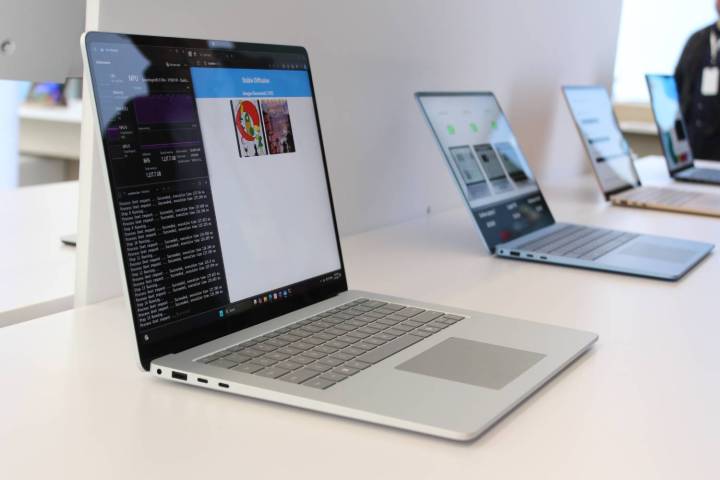 The Surface Laptop running local AI models.Image: The Surface Laptop running local AI models. (Luke Larsen / MaagX)
The Surface Laptop running local AI models.Image: The Surface Laptop running local AI models. (Luke Larsen / MaagX)
The Copilot+ Conundrum: A New Era of AI PCs
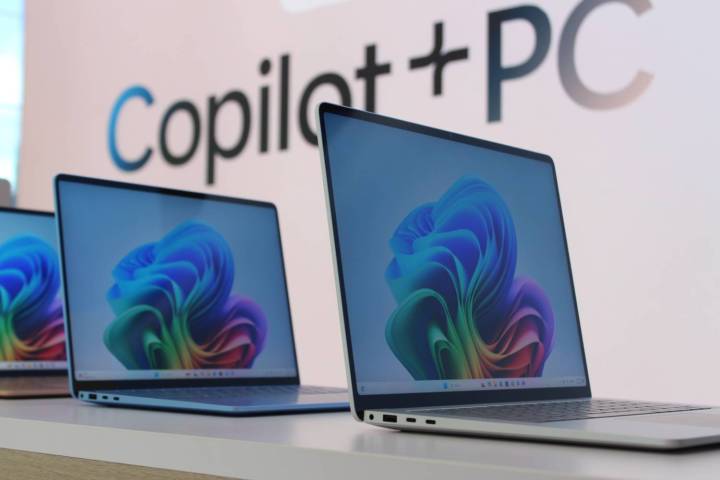 The Surface Laptop shown in front of a Copilot+ sign.Image: The Surface Laptop positioned in front of a Copilot+ sign. (Luke Larsen / MaagX)
The Surface Laptop shown in front of a Copilot+ sign.Image: The Surface Laptop positioned in front of a Copilot+ sign. (Luke Larsen / MaagX)
The recent introduction of Microsoft’s Copilot+ PCs has significantly altered the laptop landscape. These devices feature powerful NPUs (Neural Processing Units) capable of 40 TOPS, specifically designed for AI processing. Microsoft’s partnership with Qualcomm, a leader in mobile chipsets, marks a notable shift. While Qualcomm has dabbled in PC chips before, its strength lies in the mobile arena. Previous Arm-based PC chips often lacked the power needed for demanding tasks, and the Windows ecosystem wasn’t ready for a complete departure from x86 architecture. However, the latest developments suggest a potential turning point.
The initial wave of Copilot+ PCs, including Microsoft’s Surface Laptop and Surface Pro, boasts impressive battery life and leverages the efficiency of Arm architecture combined with Windows 11’s AI capabilities. While these devices, available since June 18th, appear promising, several challenges remain.
The first hurdle is limited variety. While most major manufacturers have released Copilot+ laptops, they predominantly fall into the “thin and light” category. Despite being marketed as powerful, they might not be suitable for demanding tasks like video editing, gaming, or software development. Furthermore, they may not even be the fastest for certain AI workloads, as discrete GPUs often outperform NPUs in those scenarios.
Secondly, Qualcomm’s performance in the PC space remains to be fully proven. While impressive figures have been released, real-world testing is needed to validate these claims. The efficiency of Microsoft’s Prism emulation layer, designed to bridge the gap between x86 and Arm, also needs further evaluation.
Recall: A Double-Edged Sword of AI
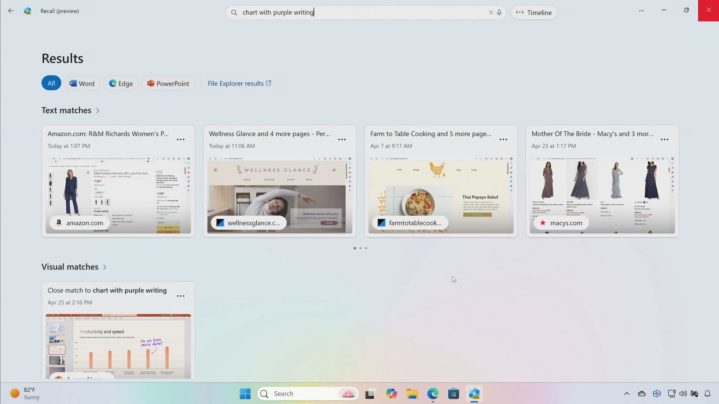 A screenshot of the Recall feature in Windows.Image: A screenshot demonstrating the Recall feature within the Windows operating system. (Microsoft)
A screenshot of the Recall feature in Windows.Image: A screenshot demonstrating the Recall feature within the Windows operating system. (Microsoft)
Another key consideration is the “Recall” feature, a new AI-powered functionality that captures snapshots of user activity and enables searching through past actions. While potentially revolutionary, it raises significant privacy and security concerns. The concept of a computer constantly monitoring and recording user activity may be unsettling for many. Recent reports have highlighted potential security vulnerabilities, amplifying these concerns. While users can customize Recall’s access or disable it entirely, the question of trust in Microsoft’s handling of such sensitive data remains.
The Expanding AI Ecosystem: AMD and Intel Enter the Fray
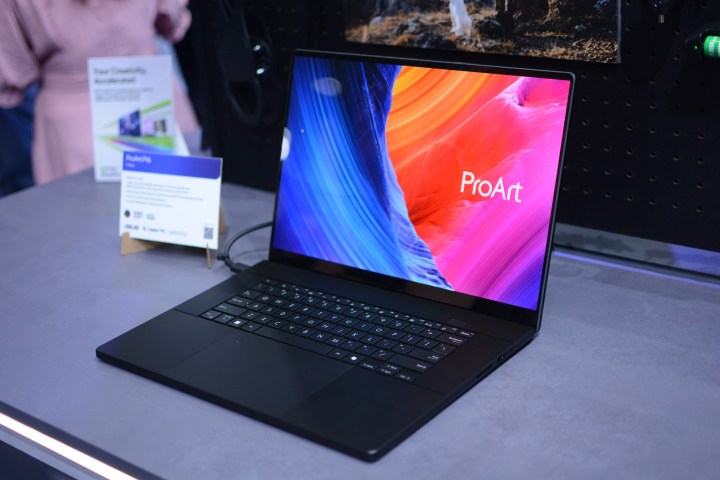 The Asus ProArt P16 creator laptop showcased at Computex 2024.Image: The Asus ProArt P16 creator laptop on display at Computex 2024. (Kunal Khullar / MaagX)
The Asus ProArt P16 creator laptop showcased at Computex 2024.Image: The Asus ProArt P16 creator laptop on display at Computex 2024. (Kunal Khullar / MaagX)
The AI landscape extends beyond Qualcomm. AMD has launched its Ryzen AI 300 series, boasting even more powerful NPUs and targeting larger laptops with discrete GPUs, including gaming models like the Asus ProArt P16. Intel is also vying for a share of the market with its next-gen Lunar Lake chips, housed in thin and light laptops like the Zenbook S 14. The rebranding of Intel’s chips under the Core Ultra name further adds to the confusion for consumers.
The similar price range of these laptops, especially with the 16GB RAM requirement for Copilot+, complicates the decision-making process. The future availability of Copilot+ on Intel’s next-gen lineup remains uncertain. Budget-conscious buyers might find better value in older models, while those indifferent or opposed to AI may find their options increasingly limited. Both Microsoft and Google are heavily invested in AI, and even Apple’s more conservative approach is unlikely to escape the trend entirely.
Conclusion: A Wealth of Options, A Need for Clarity
The current laptop market presents a paradox: a wealth of options alongside a need for greater clarity. The competition between Windows and macOS has never been fiercer, driving innovation and potentially leading to better laptops overall. However, navigating the complexities of AI-powered devices, varying chipsets, and new features requires careful consideration. Thorough testing and analysis of these new laptops will be crucial for discerning their true capabilities and helping consumers make informed choices.



